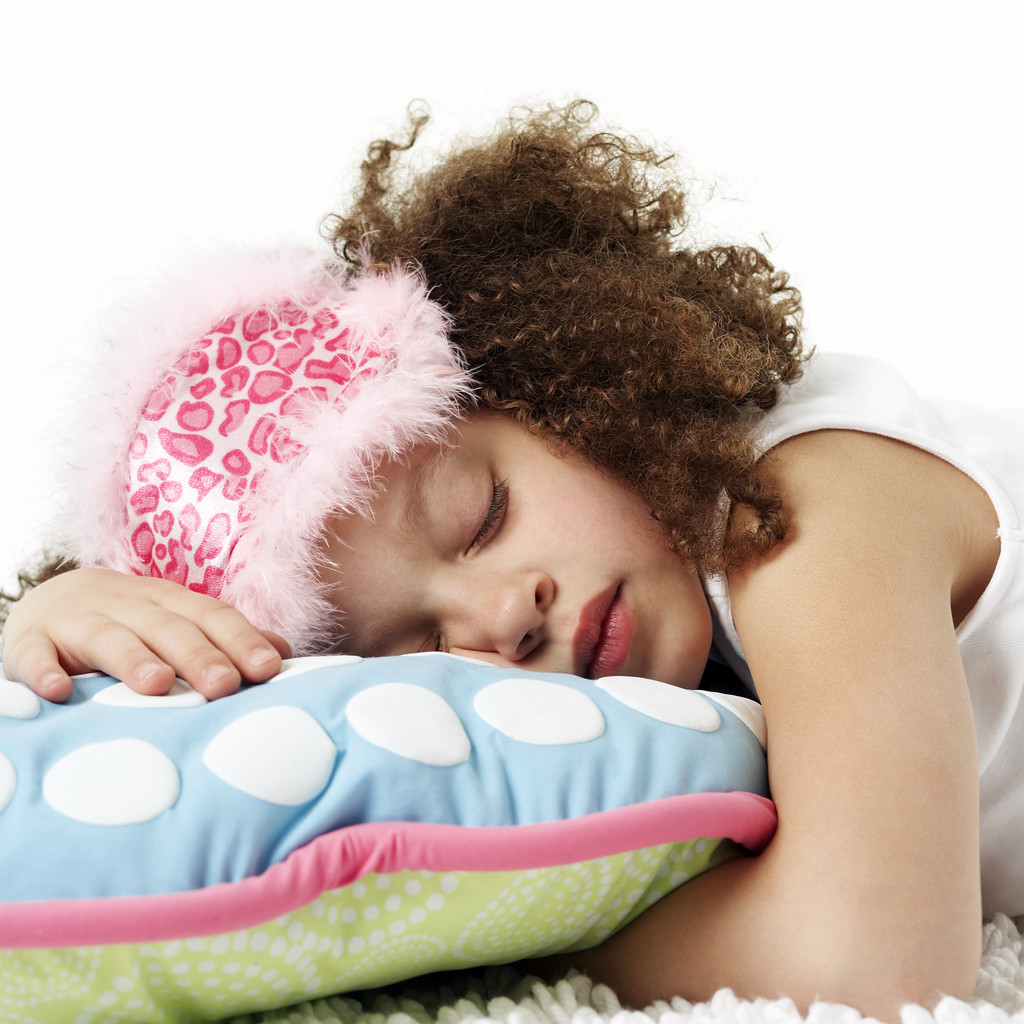
Pediatric Sleep-Disordered Breathing
Sleep-disordered breathing (SDB) is a general term for breathing difficulties occurring during sleep. SDB can range from frequent loud snoring to Obstructive Sleep Apnea (OSA) a condition involving repeated episodes of partial or complete blockage of the airway during sleep.
Approximately 10 percent of children snore regularly and about 2-4% of children has OSA. Recent studies indicate that mild SDB or snoring may cause many of the same problems as OSA in children.
The most obvious symptom of SDB is loud snoring that is present on most nights. This could be combined with snorting or gasping sounds and awakening from sleep. Due to a lack of good quality sleep, a child with SDB may be irritable, feel sleepy during the day, have difficulty concentrating (especially at school) or may even see an increase in bed-wetting.
The standard for diagnosing SDB is to perform an overnight sleep study, which can become very complicated and uncomfortable for children and their family. Recently, a systematic review was performed to determine if there were other methods that proved to be accurate enough to diagnose SDB. Articles from studies completed around the world (United States, Chile, China, Spain, Brazil, Italy and Thailand) were gathered, evaluated and compared for methods, effectiveness and accuracy in detecting pediatric SDB. They found much of the information to be inconclusive and not reliable enough to make a proper diagnosis. However, it was determined that the involvement of dentists (through an identified questionnaire during the screening process) could contribute significantly to identify those children that should be referred to a sleep medicine specialist.
For more information on this study please visit http://jada.ada.org February 2014
Leave a reply →